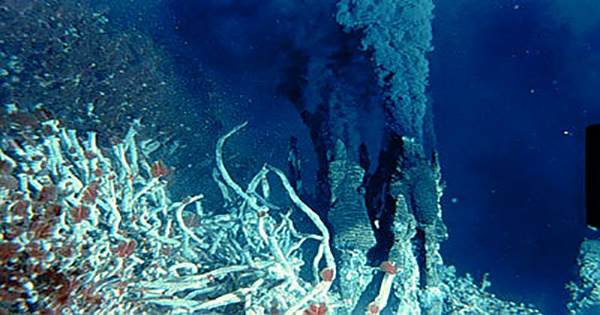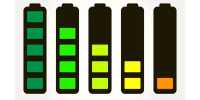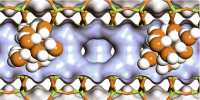Life forms that live in sediments at the bottom of the ocean get their energy from chemicals produced from irradiated seawater. Although it sounds as scary as Godzilla’s backstory, the radiation was there long before the idea of testing a nuclear weapon in the Pacific was there. By exploring, we can greatly broaden the places we search for outdoor life. Most of the life on Earth derives its energy from direct or indirect sunlight – either through photosynthesis, eating something that does photosynthesis or eating something that eats … you get the idea. Where sunlight is not available, life sometimes finds a way, for example feeding lots of heat and molecules around hydrothermal vents at the bottom of the ocean. Recently, we have learned that there is an amazingly abundant life in the rocks under the seabed.
While drilling in the mud at the bottom of the ocean, Dr Justine Sauvage of the University of Gothenburg found that hydrogen is the main source of energy for germs that are very close to the surface. Previous discoveries involved rock kilometers down. The unexpected part of this is that we know that a lot of sea water falls and is swallowed up there – it was assumed that a little further down, some life falls would live in organic scraps from the water column, not relying entirely on anything different.
Instead, Savage and co-authors report in Nature Communications that poly-inhabitants derive most of their energy from hydrogen and oxidant molecules. Alpha and gamma particles released by radioactive isotopes such as uranium and thorium formed when they break the molecular bonds of water. Professor Steven D’Hondt, co-author of the University of Rhode Island, said in a statement that the radiation-produced hydrogen molecules are surprisingly plentiful. “Marine sediment actually widens the production of this usable chemical in pure pure water and wet sediment. If you have the same amount of radiation, you get much more hydrogen from wet sediment. Get sediment makes hydrogen production more efficient.” By elevating sediment pipes collected at various locations in the deep ocean, comparing them to seawater and distilled water, Suez found that the same amount of radiation in sediment could release 27 times more hydrogen than in pure water. The team is still working to explain why, but they say sediment minerals increase water-splitting activity. If true, it could be very interesting evidence for scientists to work to find a better catalyst for electronic analysis, a search that, if successful, could lead to a clean energy revolution.
Whether the work has industrial application or not, it must be something that astronomers would like to focus on. “This work provides an important new perspective on the availability of resources that tribal microbial communities can use to sustain them,” Savage said. “It’s fundamental to understanding life on Earth and to limiting the habits of other planets.” Mars is in our memory now, but somewhere in Europe, it could be just as important, pointing to the source of energy at the bottom of its vast global ocean floor.
It is still not a great source of energy. The authors find that the amount of energy released from hydrogen is 50-100 times higher from top to bottom. However, since most organic matter consumed within a few centimeters of the top of the ocean bed, the lower regions rely on external energy sources.
















